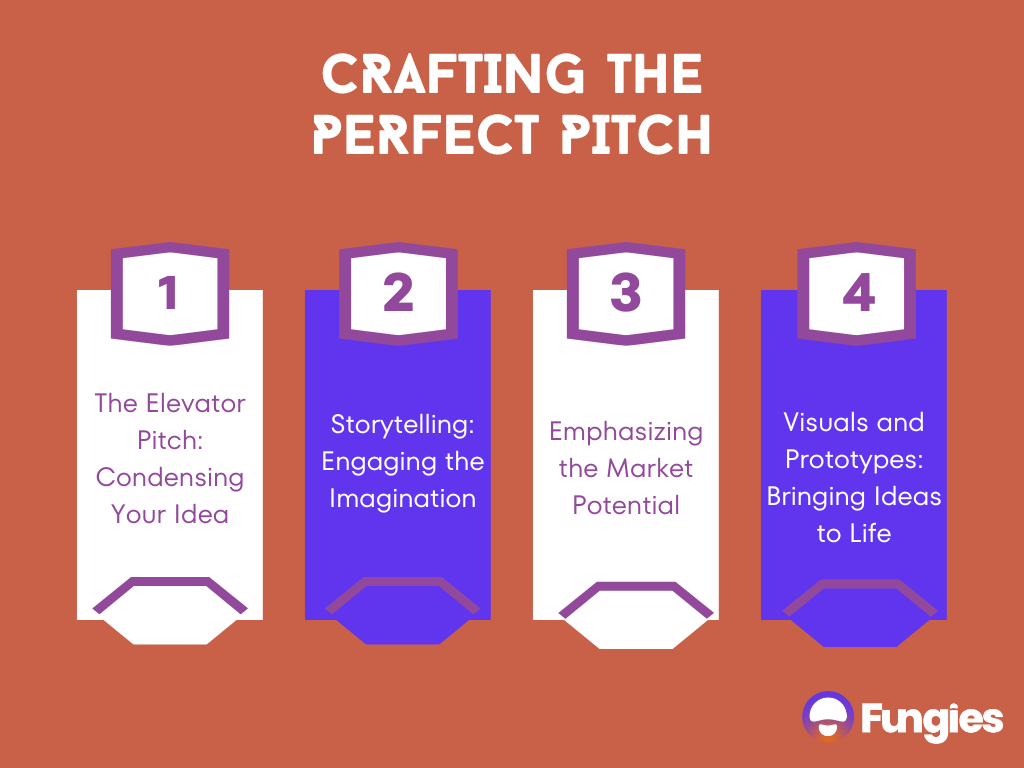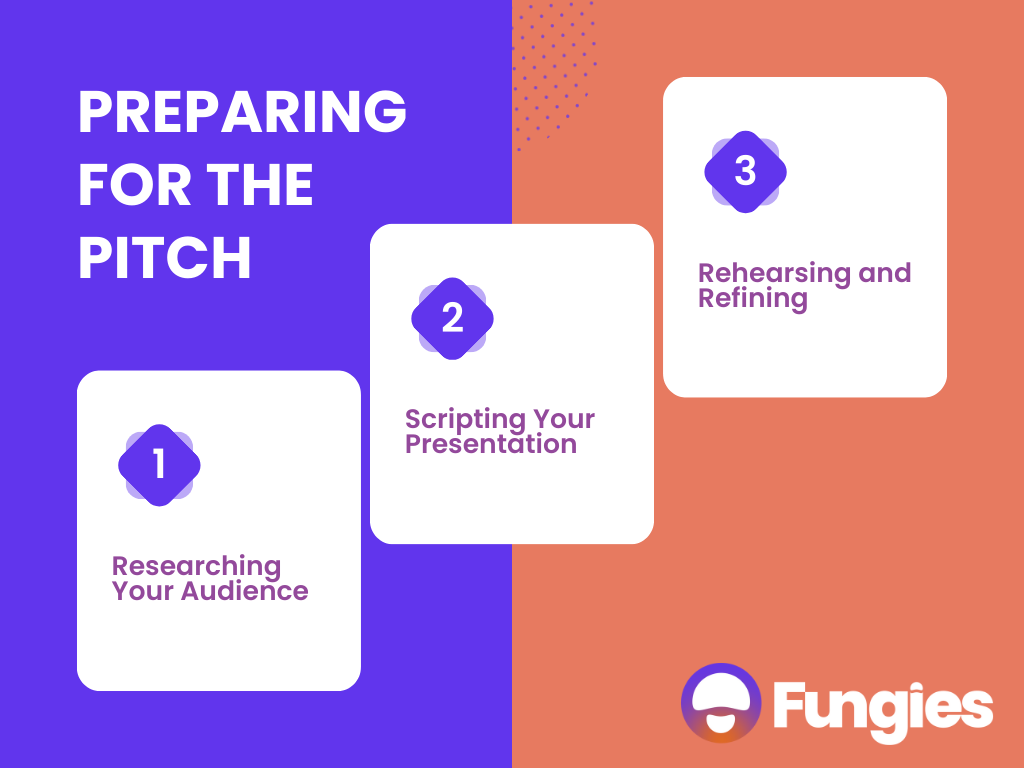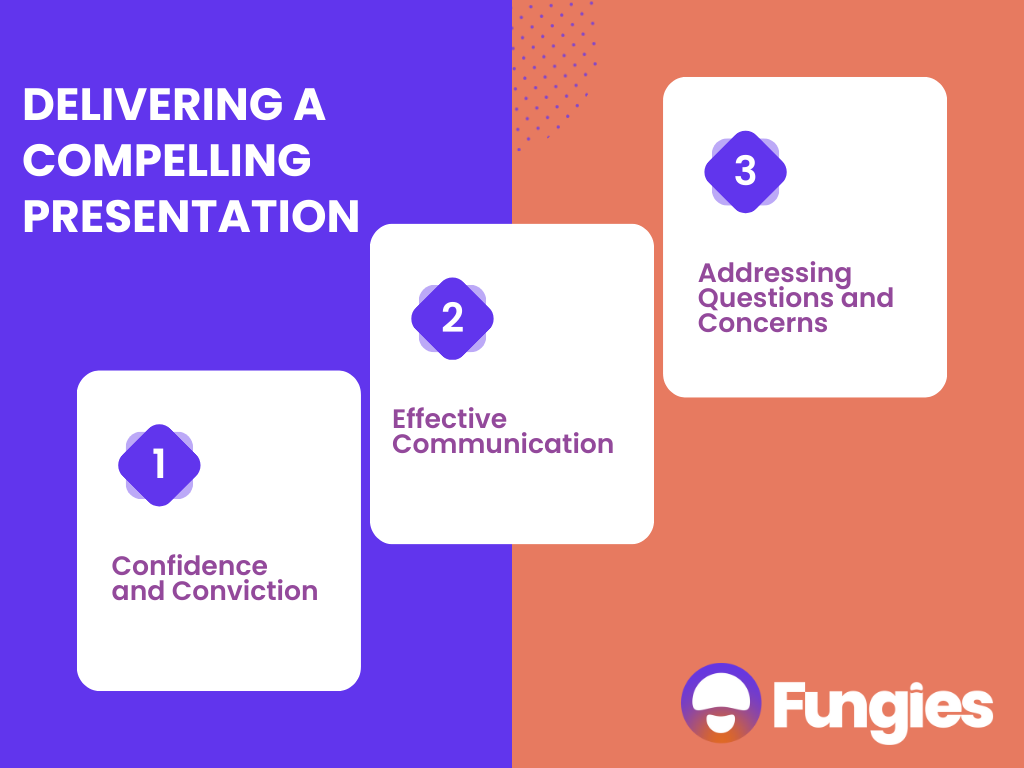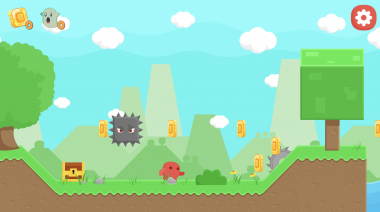The Crucial Art of Pitching Game Ideas
In the dynamic world of indie game development, having a groundbreaking game idea is just the first step towards success. To turn your vision into reality, you must master the art of pitching your game idea effectively. In this article, we’ll guide you through the intricate process of pitching your game idea, from conceptualization to selling it to potential developers or collaborators. Whether you’re a seasoned developer or a newcomer to the industry, these insights will help you navigate the challenging but rewarding world of game idea pitching.
The Journey from Concept to Sale
Game development begins with an idea, but it’s the presentation of that idea that can make or break your project. Successfully selling your game idea can open doors to partnerships, collaborations, and funding opportunities. Whether you dream of working with established studios or bringing your concept to life as an indie developer, understanding the nuances of pitching is crucial.
Understanding Your Game Idea
Before you can successfully pitch your game idea, you must embark on a journey of understanding and refinement. In the early stages, your concept may seem like a fleeting thought, a fragment of a grand vision. This is where the journey from inspiration to clarity begins. It’s a process of nurturing that spark, allowing it to grow into a fully realized game idea.
Conceptualization: From Inspiration to Clarity
Every great game begins with a spark of inspiration. It might be a unique gameplay mechanic, an intriguing story concept, or a novel art style. However, the initial idea is often a rough gem that requires refining. Take the time to flesh out your concept, defining its core elements, objectives, and potential challenges. The clearer your vision, the more compelling your pitch will be.
Defining the Unique Selling Points (USPs)

In a competitive market, it’s essential to identify what sets your game idea apart from the rest. What are the unique selling points (USPs) that make your concept irresistible? Whether it’s innovative gameplay mechanics, an emotionally charged storyline, or stunning visuals, pinpointing your USPs will be crucial in selling your game idea effectively.
Target Audience Identification
Understanding your target audience is fundamental in crafting a successful pitch. Research the demographics, preferences, and behaviors of the gamers who are most likely to be interested in your game. Tailor your presentation to resonate with this audience, emphasizing how your idea caters to their desires and preferences.
Crafting the Perfect Pitch

In the realm of game idea pitching, your ability to craft an irresistible pitch is akin to wielding a magic wand that can transform dreams into reality. The perfect pitch is your gateway to the hearts and minds of potential collaborators, investors, and decision-makers in the gaming industry. It’s the art of distilling your vision into a format that captivates and convinces, and it’s composed of several essential elements, each with its own unique role in making your game idea shine.
The Elevator Pitch: Condensing Your Idea
The elevator pitch is your concise, attention-grabbing introduction to your game idea. Imagine you have only a minute to explain your concept to a potential collaborator or investor in an elevator ride. How do you capture their interest in such a short span? This succinct summary should convey the essence of your game, its USPs, and its potential market appeal.
Storytelling: Engaging the Imagination
Humans are wired to connect with stories. Use this to your advantage by weaving a captivating narrative around your game idea. Transport your audience into the game’s world, introduce compelling characters, and outline the journey players will embark upon. Storytelling adds depth and emotional resonance to your pitch.
Emphasizing the Market Potential
Investors and collaborators want to know that your game idea has commercial potential. Provide market research and statistics that support your claims. Highlight trends in the gaming industry that align with your concept, and demonstrate how your game addresses current demands or gaps in the market.
Visuals and Prototypes: Bringing Ideas to Life
Sometimes, seeing is believing. Visual aids such as concept art, game design documents, and even prototypes can make your pitch more persuasive. They provide tangible evidence of your idea’s feasibility and its potential to evolve into a fully-fledged game.
Preparing for the Pitch

In the high-stakes arena of game idea pitching, success often hinges on meticulous preparation. Before you step into the pitch meeting, it’s crucial to ensure that every aspect of your presentation is finely tuned and strategically crafted. The effectiveness of your pitch is not solely determined by the brilliance of your game idea but also by how well you convey it. Here’s a comprehensive guide on the crucial steps to take before presenting your game idea.
Researching Your Audience
Imagine this scenario: you’re about to present your game idea to a room full of potential collaborators or investors. To stand out and make a lasting impression, you need to understand the individuals or organizations you’ll be addressing. In-depth research is your secret weapon in this endeavor.
Gather as much information as possible about your audience. Dive into their history – study their past projects, delve into their preferences, and grasp their areas of expertise.
Find answers to those questions:
What games have they previously been involved with?
What genres do they favor?
What are their core values and goals as collaborators or investors?
The more you know about your audience, the better you can tailor your pitch to resonate with their interests and needs. Consider how your game idea aligns with their track record and aspirations. By demonstrating that you’ve done your homework and that your concept is a strategic fit for them, you’ll significantly increase your chances of capturing their attention and enthusiasm.
Scripting Your Presentation
A well-structured script is the backbone of a successful pitch. It’s your roadmap, ensuring that you cover all essential points during your presentation. Crafting a script is not about reading verbatim but rather about creating a framework that keeps you on track and ensures you don’t miss critical details.
Outline the key elements of your pitch within your script. Begin with your elevator pitch, the concise introduction that grabs your audience’s attention. Move on to storytelling, where you’ll immerse your listeners in the world of your game. Highlight your unique selling points (USPs) and emphasize the market potential.
While scripting, remember that your pitch should have a natural flow and rhythm. It should be engaging, keeping your audience hooked from start to finish. However, avoid overwhelming them with excessive technical jargon or too much information. The goal is to strike a balance between conveying your idea effectively and maintaining their interest.
Rehearsing and Refining
Practice is the crucible where good pitches transform into outstanding ones. Rehearsing your pitch multiple times is a fundamental step in your preparation. This practice not only helps you internalize your script but also allows you to refine your delivery.
Gather Feedback
Seek feedback from trusted peers or mentors who can provide constructive insights. Pay attention to their feedback, focusing on areas such as clarity, engagement, and persuasiveness. Are there moments where your pitch loses momentum? Are there sections that could benefit from more enthusiasm or emphasis?
Find Your Flow
The goal of rehearsing and refining is to ensure a smooth and confident presentation. Your pitch should flow effortlessly, and you should exude confidence in your game idea. It’s not just about what you say but also how you say it that can leave a lasting impression. Through diligent practice and refinement, you can elevate your pitch to a level where it resonates deeply with your audience and compels them to join your journey.
Delivering a Compelling Presentation

As you step onto the stage, metaphorical or otherwise, to present your game idea, you’re not just sharing a concept; you’re engaging in a performance. The success of your pitch hinges on how well you deliver it. The following section delves into the crucial elements of delivering a compelling presentation, turning your pitch into a memorable and convincing experience.
Confidence and Conviction
Confidence in your idea and delivery are crucial. Believe in your concept and convey that belief to your audience. Confidence inspires trust and demonstrates your commitment to turning your idea into reality.
Effective Communication
Clear, concise, and engaging communication is key to a successful pitch. Avoid jargon or technicalities that may alienate non-technical stakeholders. Speak passionately about your idea, maintaining a balance between enthusiasm and professionalism.
Addressing Questions and Concerns
Be prepared for questions and concerns from your audience. Anticipate potential queries and formulate thoughtful, informed responses. Demonstrating your knowledge and willingness to address concerns can instill confidence in your idea.
Building Relationships with Developers
Networking and Industry Events
Building relationships with potential collaborators and investors often begins with networking. Attend industry events, conferences, and meet-ups to connect with professionals who share your passion for game development. Networking can lead to valuable opportunities for presenting your game idea.
Pitch Meetings: Dos and Don’ts
Pitch meetings are pivotal moments in your journey to sell your game idea. Do your homework, be punctual, and show respect for your audience’s time. Avoid common pitfalls such as overloading your presentation with technical details or failing to engage your audience emotionally.
Maintaining Professionalism
Professionalism is the cornerstone of successful relationships with developers and investors. Be reliable, transparent, and respectful in all your interactions. Trust is built on a foundation of professionalism and integrity.
Protecting Your Game Idea
Understanding Intellectual Property

Before presenting your game idea, familiarize yourself with intellectual property (IP) laws and principles. Understand the rights and protections afforded to your idea and consider how to safeguard your concept.
Non-Disclosure Agreements (NDAs)
In some cases, it may be prudent to request that potential collaborators or investors sign a non-disclosure agreement (NDA). An NDA legally obligates them to keep your idea confidential, reducing the risk of unauthorized use or disclosure.
Documenting and Timestamping
Maintain thorough records of your game idea’s development, including drafts, notes, and correspondence. Timestamp important documents to establish a clear timeline of your idea’s creation and evolution.
Overcoming Rejection and Learning from Failure
Resilience and Persistence
Rejection is an inevitable part of the pitching process. Stay resilient and maintain your persistence. Many renowned games faced initial rejections before becoming industry legends.
Gaining Insights from Feedback
Feedback, even if it’s a rejection, can offer valuable insights. Analyze the feedback you receive, identify areas for improvement, and use it to refine your pitch and your game idea.
Refining Your Approach
Don’t be discouraged by setbacks. Use them as opportunities to refine your approach and strengthen your game idea. Revisit your concept, presentation, and networking strategies, and adapt them based on your experiences.
Exploring Alternative Avenues
Crowdfunding: A Viable Option
Crowdfunding platforms offer an alternative route to fund your game idea. Explore platforms like Kickstarter or Indiegogo to raise funds directly from supporters who believe in your concept.
Self-Publishing: Taking Control
Consider self-publishing your game if you have the resources and expertise to do so. Self-publishing offers creative freedom and control over your project’s destiny.
Indie Development Communities
Join online communities and forums dedicated to indie game development. These spaces are fertile ground for networking, sharing experiences, and finding potential collaborators or investors.
Conclusion
The Art and Science of Game Idea Pitching
Pitching your game idea is a blend of art and science. It requires creativity, conviction, and a deep understanding of your concept. It also demands research, professionalism, and resilience. By mastering the art of game idea pitching, you can transform your creative vision into a collaboration or project that resonates with players worldwide.
Turning Concepts into Collaborations
Remember that every successful game was once just an idea. Through effective pitching, you can breathe life into your concept, turning it into a collaboration with developers who share your passion. The journey from idea to reality is challenging but immensely rewarding, and it all starts with a well-crafted pitch that captures hearts and imaginations.
As you embark on your pitching journey, keep in mind that every “no” brings you one step closer to that game-changing “yes.” Be persistent, be innovative, and most importantly, be passionate about your game idea. In the world of game development, the next blockbuster could be one well-pitched idea away from becoming a reality.





